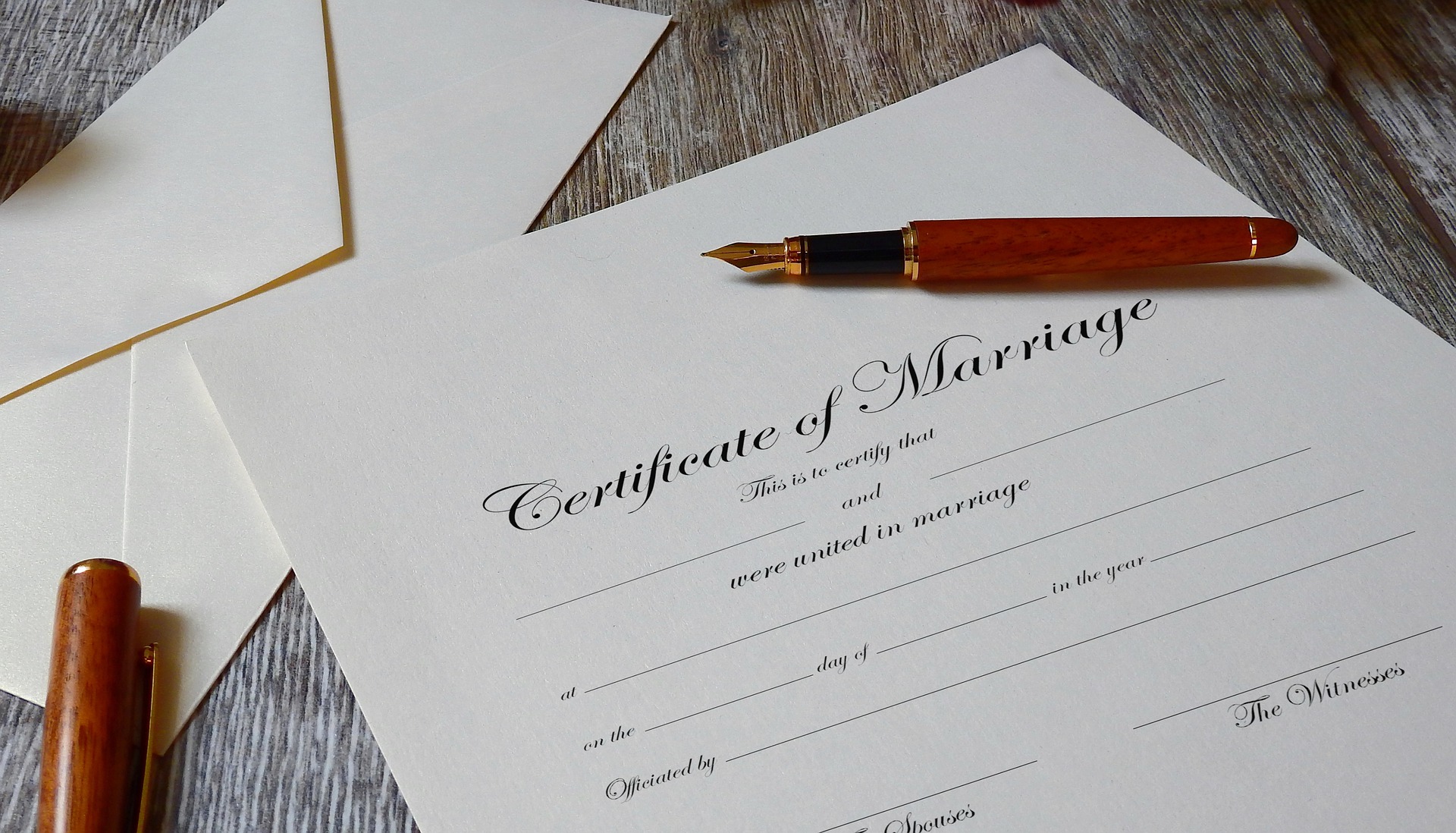The .38 Special case is one of the most popular cartridges in the world of firearms and reloading. Originally introduced in 1898, it has remained a staple for both enthusiasts and professionals alike. This article aims to provide a thorough understanding of the .38 Special case, its characteristics, uses, and reloading considerations.
The .38 Special cartridge is renowned for its versatility. It can be chambered in a variety of revolvers and some semi-automatic pistols. The case itself measures approximately 1.155 inches in length, making it a medium-length cartridge that offers a balance between power and recoil. This makes it particularly appealing for self-defense, target shooting, and even hunting small game.
One of the key features of the .38 Special case is its compatibility with a range of bullet types and weights. Reloaders often experiment with different bullet profiles, including lead round nose, hollow point, and wadcutter designs. Each bullet type serves a distinct purpose, whether it be for target practice or self-defence. For instance, wadcutters are popular for their accuracy at short distances, making them ideal for competitive shooting.
When it comes to reloading the .38 Special case, there are several factors to consider. Firstly, it is crucial to select the right components, including the powder and primer. The choice of powder can significantly affect the performance of the cartridge. Reloaders often opt for powders that provide consistent velocities and pressures. For those new to reloading, it’s advisable to start with published load data to ensure safety and reliability.
Another important aspect of reloading the .38 Special case is the resizing and depriming process. This step ensures that the case can be reused effectively. After firing, the case expands to fit the chamber of the firearm, and resizing brings it back to its original dimensions. This process also involves removing the spent primer, which is essential for inserting a new primer during the reloading process.
Safety should always be a top priority when reloading ammunition. It is vital to wear appropriate protective gear, such as safety glasses and gloves, to prevent injury. Additionally, working in a well-ventilated area is essential, as some reloading powders can produce harmful fumes.
For those interested in the technical specifications and further details about the .38 Special case, resources are available online. Websites dedicated to reloading supplies often provide valuable information, including comparisons of different cases and components. For instance, you can explore various resources on 38 special case to deepen your understanding of this cartridge.
In addition to its practical applications, the .38 Special case has a rich history within the firearms community. It has been used by law enforcement agencies, military personnel, and civilian shooters for over a century. Its enduring popularity can be attributed to its manageable recoil and effectiveness in various shooting scenarios.
In conclusion, the .38 Special case is a versatile and widely used cartridge that offers numerous benefits for both novice and experienced reloaders. Understanding its characteristics, reloading processes, and safety considerations is essential for anyone looking to maximise their shooting experience. Whether you are reloading for self-defence, competition, or recreational shooting, the .38 Special case remains a reliable choice. For more information on reloading supplies and techniques, visit usreloadingsupply.com to enhance your reloading journey.

